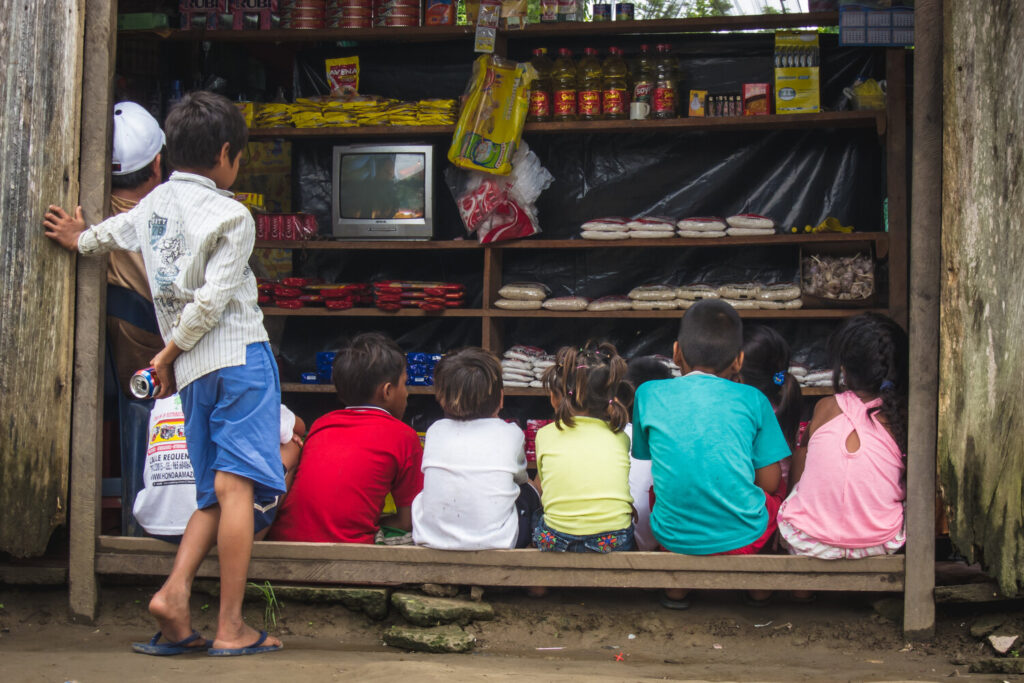Regulations
Regulatory agencies lead external quality control
A country which makes flour fortification mandatory needs to also designate and equip the parties responsible for external monitoring. Along with food fortification legislation to require flour fortification, countries should allocate resources to train monitoring staff, determine which laboratories will test flour samples, and outline enforcement procedures for mills that do not meet the country’s standard. Fair, regular, and accurate external monitoring by a regulatory agency will help ensure that the fortified flour delivers the maximum health benefits in line with food fortification guidelines.
During external monitoring, an inspector will review written documents of the miller’s internal monitoring for food fortification procedures. We recommend that food inspectors have the authority to look at all records, including invoices for premix and delivery receipts.
The inspector may also collect a 500-gram sample of flour to send to laboratories to determine whether the flour meets the country’s standard for fortification. One 500-gram sample is not representative of total production, however, and testing additional samples may be necessary for a fair analysis of the mill’s performance.
In addition to on-site inspections, government authorities may inspect data supplied by a mill. Each country’s food fortification regulations determines the frequency of these audits. The off-site audit may be done quarterly, and the on-site audit may depend on how well the mill has performed in the past.
Each country with mandatory flour fortification determines its penalties for mills that do not comply with the country’s standards. Appropriate enforcement and quality assurance mechanisms are needed for fortification to deliver its maximum health impact with food fortification regulations.
See a situational analysis of two decades of food fortification in Nigeria for an illustration of how regulatory monitoring is needed to help ensure that fortification reaches its maximum potential.

Photo: istock
Steps to monitor flour and rice imports for fortification
Import monitoring of fortified wheat flour, maize flour, and rice is based on documentation audits, rapid qualitative tests, and / or laboratory reports of quantitative tests performed on imported samples.
Why regulate imported food?
Monitoring the safety and quality of imports allows countries to ensure basic food safety and that consumers receive the health benefits of fortification. Additionally, it creates a fair market for the industry by ensuring equitable fortification costs for domestic producers as well as importers. Import monitoring documents whether imports comply with the national standard and provides a basis for issuing specific quality improvement recommendations to importers. Lastly, import monitoring warns officials at importation sites of failing brands that deserve more stringent examination.
Who is responsible for import monitoring?
Import monitoring is the job of those who work at customs and inspect imported foods. Fortification monitoring should be integrated into existing inspection positions, instead of creating new positions. In many countries, multiple agencies may be responsible for monitoring food products at points of entry. Roles and responsibilities should be clearly outlined, documented, and communicated to avoid duplication of efforts and to ensure clarity on who is ultimately responsible for follow-up and enforcement.
What should import monitoring policies include?
Countries should monitor imports regardless of volume, but country capacity/ability may determine how in-depth monitoring goes. At the very least, each country should have a policy or protocol for how imported products are checked at border points for safety and quality. This policy or protocol should include:
How and when to inspect imported foods for pests and food pathogens to ensure compliance with national standards, including food fortification standards
What agency is responsible for the imported inspections
What audit or testing methods should be used on the imported products
How and when samples should be taken
What to do when non-compliance with national standards is found
Sampling plan for imported foods based on the applicable food laws and standards and on the resources available in the country
See this guide for four steps of import monitoring as well as two illustrations of how to interpret a Certificate of Analysis.
Also download two forms to use for import monitoring record keeping.

Photo: Jonas Schleske
Commercial monitoring checks retail sites
Commercial monitoring involves checking retail sites to see if foods made with fortified flour are available and whether they are labeled appropriately. Commercial monitoring will also indicate whether imported flour and flour-based foods are fortified.
Samples of fortified flour and foods made with fortified flour (domestically produced or imported) can also be sent to laboratories to ensure that they meet the country’s fortification standard. More than one sample from each manufacturer may be needed to provide an accurate measurement of compliance. Manufacturers that consistently do not meet the country’s standard may deserve closer inspection at the flour mill, or the retail site may need to revise its storage conditions.
If commercial monitoring indicates that sample products do not meet national fortification standards, more work is needed to determine the reason for non-compliance. Identifying the problem will require that strong internal and external monitoring systems are in place.
For More Information:
See chapter 8.2.3 of the Guidelines for Food Fortification with Micronutrients published by the World Health Organization and the Food and Agriculture Organization of the United Nations.
See the manuals for different types of monitoring from the A2Z project.
